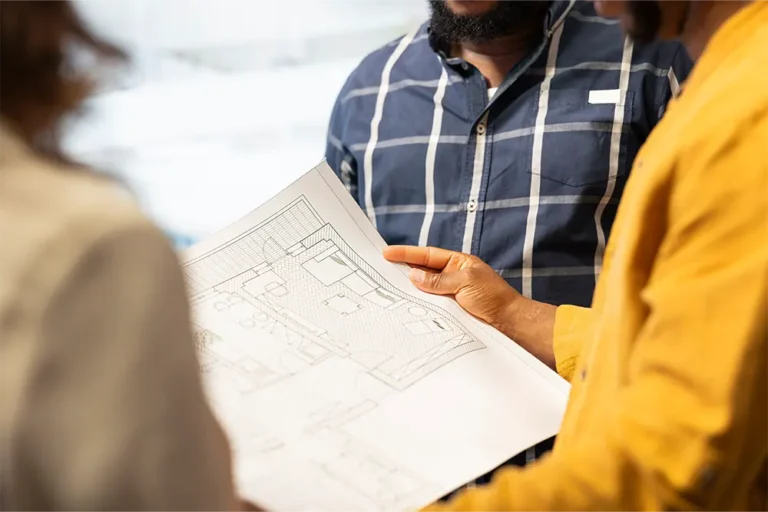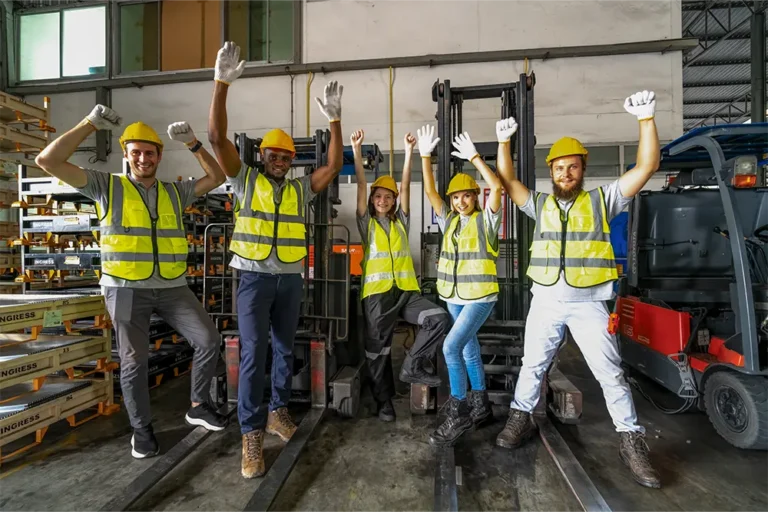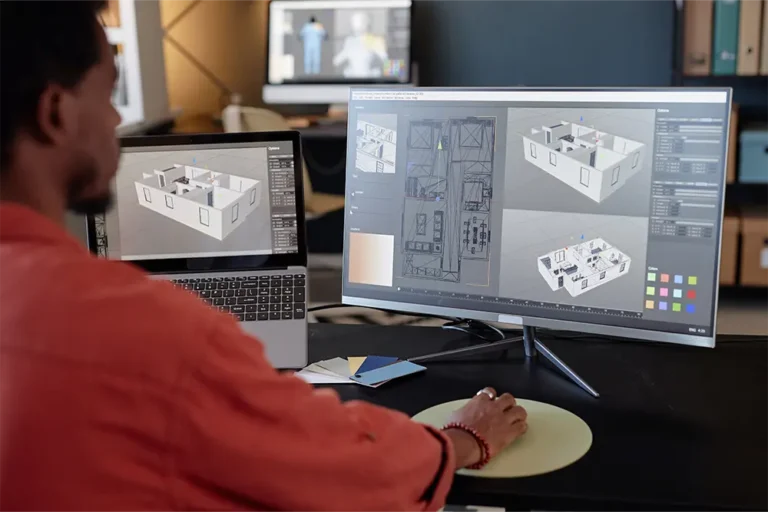In the world of stone, glass, and custom fabrication, accuracy is everything. One miscalculation can lead to costly delays, wasted material, or failed installations. That’s why digital measuring tools like the Prodim Proliner, LT-2D3D, and LiDAR scanners are becoming essential. But the tools alone aren’t enough—you need expert technique. Here are 7 professional tips that will take your digital measuring to the next level, especially in complex or high-end projects.
1. Understand the Material Constraints Different materials behave differently—marble, quartz, glass, and acrylic each have their own tolerances. Before measuring, know what level of expansion, flex, or cut precision your material requires. This ensures the right allowances are built into your digital file.
2. Use Fixed Reference Points In complex spaces, always establish permanent or easily re-identifiable reference points. These could be wall corners, cabinet ends, or floor transitions. Anchoring your scans to known points reduces cumulative measurement errors and makes your digital model more reliable.
3. Scan in Logical Segments Avoid scanning the entire space in one go—break it into smaller zones. This helps manage complexity and ensures accurate alignment when stitching scans together. It also makes validation and corrections easier.
4. Validate On-Site with Photos and Notes Pair every scan with detailed photos and written notes. Document plumbing offsets, obstructions, cabinet shifts, and anything not visible in the scan. This context helps CAD teams build more accurate models and anticipate fabrication challenges.
5. Account for Installation Access Measure not only for fabrication, but also for installation. Consider staircases, elevators, doorways, and angles of entry. Even the most accurate cut won’t matter if the piece can’t reach its destination.
6. Double-Check Before Exporting DXF Before generating the DXF or CNC file, always cross-reference dimensions against site photos and original client specs. This final check catches inconsistencies before they become costly errors.
7. Practice, Review, Repeat The best technicians constantly refine their technique. Review your past projects—what went wrong, what needed revision, and how can you improve your scan path, reference point usage, or validation method.
Conclusion: Accurate digital measuring isn’t just about using advanced tools—it’s about applying the right mindset and methods. By mastering these pro tips, you’ll improve project efficiency, reduce on-site headaches, and build trust with your fabrication and installation partners. Whether you’re working on luxury kitchens, yacht interiors, or commercial glass walls, precision starts at the point of measurement.
Need expert measuring support for your next project? [Contact Digital Measurement Services] today. nibh, ut fermentum massa justo sit amet risus. Integer posuere erat a ante venenatis dapibus posuere velit aliquet.


